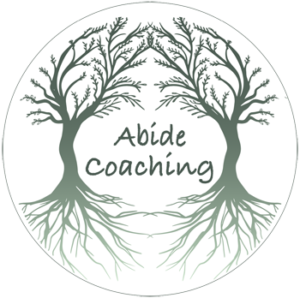We aren’t all the same. Students are expected to sit at a desk most for the day from sixth grade on but that isn’t necessarily the best place for them to learn. Some teachers try to mix things up but all in all most students are sitting all day. Different learning modalities need different settings for studying.
Most of us have heard of the modalities of auditory, visual, and kinesthetic, but there are others. They are tactile, taste and smell, verbal, emotional, cognitive, and intuitive. Most of us have an overriding one but there are almost always overlap.

Auditory modality means hearing information helps you learn. It also means that background noises may be distracting to you. Many auditory learners like to use white noise or music to stay focus. If noises bother you, then studying somewhere quiet.
Visual modality means seeing information helps you learn. It also means that visual clutter can be distracting to you, however, there is a catch here because out of sight most likely means out of mind. The best place for you to study is on a cleared off desk or table that has clear open storage so you can see and find supplies easily.
Kinesthetic modality means the movement helps you learn. The best place for you to study is where you can move. A room where you can walk around, on a treadmill, in a rocking chair. You should exercise regularly.
Tactile modality means that texture helps you learn. It is often combined with kinesthetic, but it is not the same as kinesthetic. If you are tactile you may use fidget toys or smooth stones, like to be comfortable when studying or need a pen that feels just right. There could be many right places for you to study if the right pen is the most important part for you. If you need to comfortable when working then on top a made bed maybe the right place or laying on the floor might be. Find a place that is comfortable for you.
Taste and Smell modality means that scents help you learn. If the home has a mustiness or moldy smell, you won’t be able to focus. You should get a cleaning service to come in. A good place to study would be a place where you enjoy the scents. Maybe it is the kitchen, maybe in a garden, or in a room with an essential oil diffuser or other aromas.
Verbal modality can be either oral or written. Oral modality means you benefit from self-talk or talking to others about your intentions. For you, a good place to study may be somewhere where you will not bother others by talking out loud. Written modality means to learn better by reading or writing. For you, a good place to study may be somewhere you can have the quiet needed for suck activities.
Emotional modality means that you need a place where your accomplishments can be celebrated and you are encouraged to grow. You should study around people you will support and encourage you.
Cognitive modality means are logical about learning. You make plans, fine-tune, have systems in place that help you. A good place for you to study would be somewhere you can think. Most likely in combination with other modality.
Intuitive modality means to listen to your inner voice and follow it. Go with it! Use other modalities to inspire yourself to find the right place for you.
Here are some examples of overlapping modalities. One of my student clients is tactile and auditory. She is in college and has her own apartment. Her couch is a day bed because she wanted her couch to be as comfortable as her bed. She needs to be comfortable. It is great that she is self-aware of what she needs. Her couch is also where she studies for hours at a time. Her couch has tons of pillows and soft blankets. She also needs the write pen or pencil to write with. She uses a mechanical pencil for math and roller ball pens. Her space is quiet while she is working. Another student client I worked with in the past was kinesthetic and oral but auditory sensitive. He was in sixth grade who has ADHD, dyslexia, and dysgraphia. He needed to be moving to understand what he was hearing. He was young so not as self-aware as the college student above. We needed to try different approaches but landed on him studying in his remove with a media blocker on his computer so he didn’t get distracted. In his room, it was quite except for his own self-talk. Talking himself through his homework was very helpful. Not hearing other family members was also helpful. Being in his room also gave him the freedom to move around from the desk to lounge chair to the bed to the floor to pacing. Figure out what works for you, experiment but then stick with what is working.
